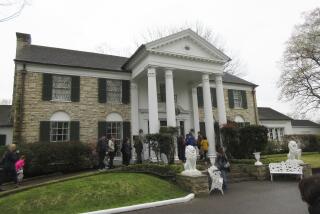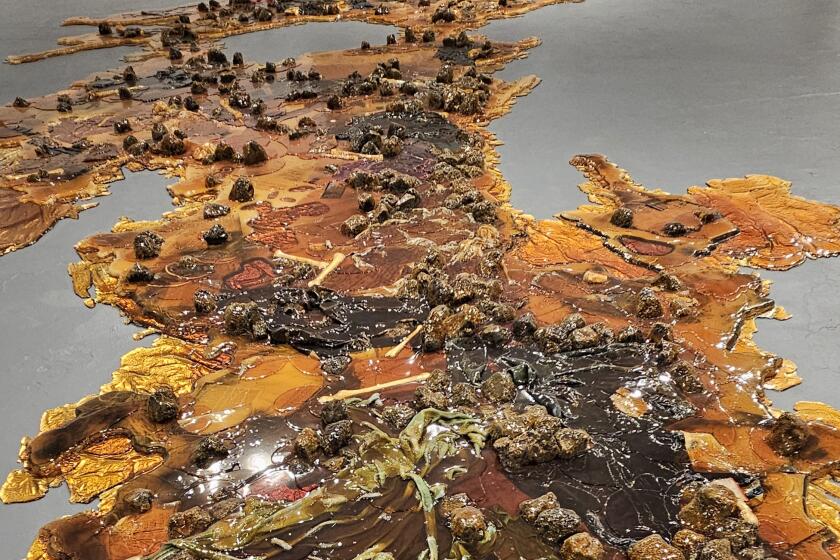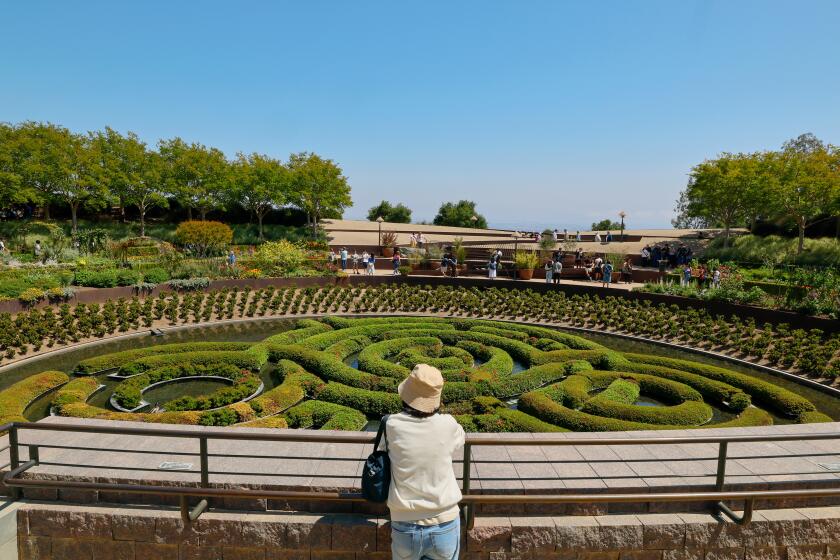Penderecki Quartet Displays Vigor, Skill
It’s entirely fitting that the Penderecki String Quartet takes its name from the celebrated Polish composer, known for both his envelope-pushing experimentation and his neo-Romanticism. Monday, in the first of two concerts at the Los Angeles County Museum of Art, the subject was 20th century music; tonight, for appearance No. 2, it’s the standard repertory world--Mozart, Ravel and Brahms.
On Monday, the quartet pleaded a powerful case for the century just ended. This group, so rich in musicality and dismissive of empty show, clearly deserves wider recognition, especially for its dead-on vigor in modern garb. Polish composer Henryk Gorecki’s First String Quartet, “Already It Is Dusk,” written for the Kronos Quartet in 1988, banks on stark contrasts, abrasive slashing chords a la Bartok and soft, dusky melancholy. Canadian composer R. Murray Schafer’s String Quartet No. 5 “Rosalind” is a generally lyrical outing that ends on an ethereal passage, replete with high, ringing tones, augmented by bells, struck and bowed.
Some of the most powerful music of the evening came from the thrilling delivery of the most abstract work. Xanakis’ “Tetras,” played here with breathtaking skill and focus, is an exactingly mapped-out manifestation of seemingly random sonic effects:String tones are alternately glassy, glissando-addled and scratchy to a fault. Whatever its intellectual rigors, this music could also be viewed as wild, cathartic fun, basking in ear-opening extremism.
Abstraction continued after intermission, with Penderecki’s own First Quartet, from 1960. It’s an elaborate matrix of nontraditional techniques and wavering densities, tied to an elusive structure.
To close, the quartet leaped back to Bartok’s String Quartet No. 1, from 1909, a venerable charmer and the program’s most emotionally on-the-sleeve work. Contained within its air of pained sweetness, though, is a blueprint of the Modernism then still pending, out of which this memorable concert’s other works grew.
More to Read
The biggest entertainment stories
Get our big stories about Hollywood, film, television, music, arts, culture and more right in your inbox as soon as they publish.
You may occasionally receive promotional content from the Los Angeles Times.






